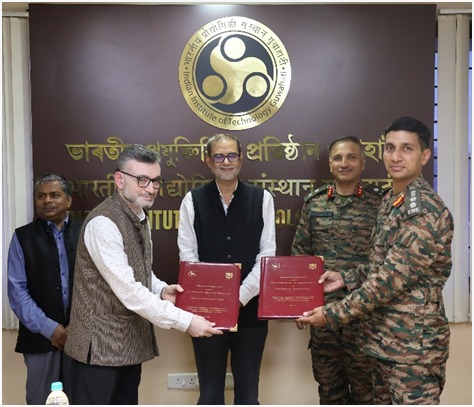It is official now. The crystal stones found at Wanching village in Mon district of Nagaland by local residents and presumed to be diamonds, are actually quartz. A four-member team of geologists of the Nagaland Geology and Mining Department confirmed that the stones found last week are not diamonds.
Geologists Abenthung Lotha, Longrikaba, Kenyelo Rengma and David Lhoupenyi were deputed by the Directorate of Geology and Mining on November 27 to investigate the diamond-like stones after the news of their finding spread widely on the social media.
The team has identified the mineral stones as quartz crystals which are found abundantly in the sedimentary rocks of Nagaland. The gem quality of quartz crystals is determined by optical and physical properties like refractive index, colour, hardness, etc.
The geologists told this correspondent that real diamond cannot be cut by any other metal other than diamond itself, and is transparent and colourless. On the other hand, the stones found in Wanching village can be scratched, are brittle and not transparent. From these preliminary tests, they could ensure that these stones are not diamonds of any kind.
They said some buyers from Assam bought the shining stones from some Wanching villagers at prices ranging from Rs 20,000 to Rs 1 lakh per stone after the news of their discovery went viral.
“Maybe they were purchased for therapeutic or religious purposes,” geologist Lhoupenyi said.
Meanwhile, Director of Geology and Mining Department S Manen, in a press release, stated that the mineral crystals found at Wanching village occur in the veins and fractures of the sedimentary rocks of the Disang-Barail groups. They are spread over a shallow depth and may be formed along the fractures of sedimentary rocks.
In the case of diamonds, crystals are formed in igneous rocks under extremely high pressure and temperature, at a depth ranging from 150 km to 250 km, he said.
Mamen clarified that diamond crystals of the size circulated on the social media, cannot occur in the sedimentary rocks, except in rare cases of transportation by natural agents, as fine grains or micro-diamonds.















